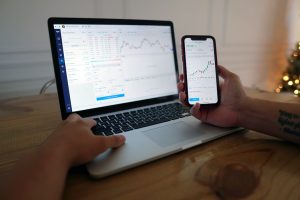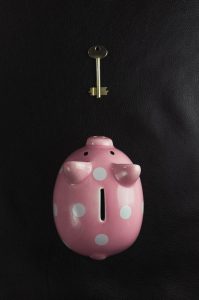Forex trading robots, also known as Expert Advisors (EAs), are computer programs that automatically execute trades on behalf of traders. These programs are designed to analyze market data and generate trading signals, which are then executed based on predefined rules and parameters.
Developing a profitable forex trading robot requires a combination of technical and fundamental analysis, as well as an understanding of market dynamics and trading psychology. In this article, we will explore the key factors to consider when creating a profitable forex trading robot.
Step 1: Defining the Strategy
The first step in developing a profitable forex trading robot is defining the trading strategy. This involves selecting the indicators and parameters that will be used to generate trading signals. It is important to choose indicators that are reliable and have a proven track record of success.
Some of the most common indicators used in forex trading include moving averages, Bollinger Bands, Relative Strength Index (RSI), and Stochastic Oscillator. These indicators can be used to identify trends, momentum, and overbought/oversold conditions.
Once the indicators have been selected, it is important to define the rules for entering and exiting trades. This includes setting stop-loss and take-profit levels, as well as determining the size of each trade.
Step 2: Backtesting
Once the trading strategy has been defined, the next step is to backtest the robot. This involves running the program on historical data to see how it would have performed in the past. Backtesting can help identify potential weaknesses in the trading strategy and refine the rules for entering and exiting trades.
When backtesting, it is important to use a large sample size of historical data and to account for slippage and other trading costs. This will give a more accurate picture of how the robot would have performed in real-world conditions.
Step 3: Optimization
After backtesting, the next step is to optimize the trading strategy. This involves fine-tuning the indicators and parameters to improve the performance of the robot. Optimization can be done manually or using automated software.
When optimizing, it is important to avoid overfitting the data. This occurs when the trading strategy is too closely tailored to historical data and may not perform well in real-world conditions. To avoid overfitting, it is important to use a diverse sample of historical data and to avoid over-optimizing the trading strategy.
Step 4: Live Testing
Once the trading strategy has been defined, backtested, and optimized, the next step is to test it in a live trading environment. This involves opening a demo account and running the robot on a small scale to see how it performs in real-world conditions.
When live testing, it is important to monitor the robot closely and to make adjustments as needed. This may involve tweaking the parameters or adjusting the stop-loss and take-profit levels.
Step 5: Risk Management
Finally, it is important to implement proper risk management when trading with a forex robot. This includes setting appropriate stop-loss and take-profit levels, as well as limiting the size of each trade.
It is also important to avoid overtrading and to stick to the trading strategy. This may involve setting trading hours or avoiding trading during volatile market conditions.
Conclusion
Developing a profitable forex trading robot requires a combination of technical and fundamental analysis, as well as an understanding of market dynamics and trading psychology. By defining a solid trading strategy, backtesting, optimizing, live testing, and implementing proper risk management, traders can create a profitable forex robot that can generate consistent returns over time.





